Powder Metallurgy Parts Manufacturer: How We Produce Garden Power Tool Parts
Brief overview of Powder Metallurgy (PM)
Powder Metallurgy (PM) is a cornerstone in manufacturing, offering a versatile approach to crafting intricate metal components. At Neway, our commitment to excellence is exemplified through various PM processes, notably Metal Injection Molding (MIM) and Powder Compression Molding (PCM). MIM, a cutting-edge technology, involves blending fine metal powders with a polymer binder to create a feedstock, subsequently molded into complex shapes. This technique ensures precision and efficiency, making it a hallmark of our one-stop custom parts service.
Furthermore, Powder Compression Molding, another facet of PM, utilizes pressure and heat to consolidate metal powders into a desired form. This cost-effective method and Neway's expertise result in top-tier powder metallurgy products. As a leading MIM parts manufacturer, our dedication to molding engineering positions us at the forefront of delivering excellence in every custom part, from intricate power tool components to garden power tool parts, showcasing the prowess of powder metallurgy in diverse applications.
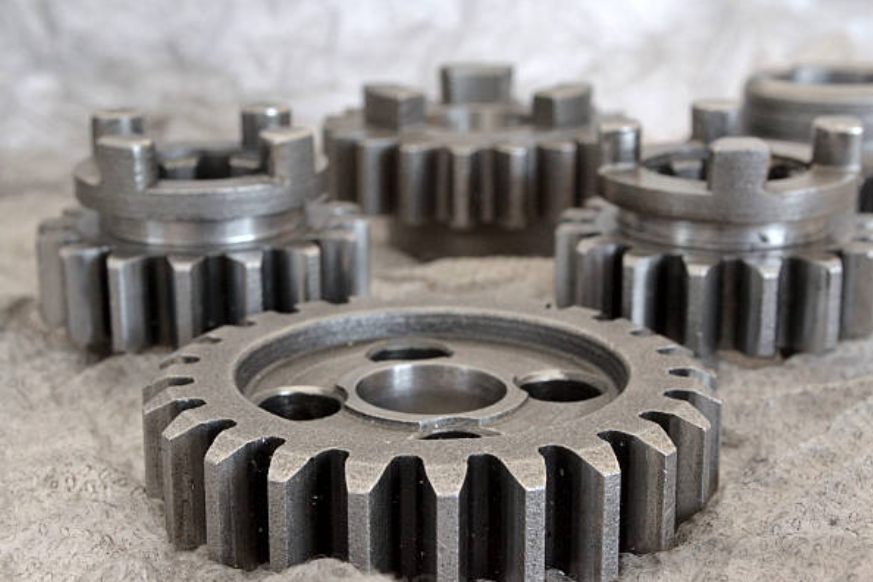
MIM and PCM are subsets of PM. They both use metal powder to shape and then sinter the final part. The PM process can shape common metals such as stainless steel, iron, etc. It can also sinter some high melting point metals and hard metals, such as tungsten alloy, nickel alloy, etc.
PM parts tend to have higher accuracy, typically +/-0.02mm while achieving higher geometric complexity for metal parts with small size and complex structure. PM technology has an irreplaceable role and has significantly contributed to the power tool industry.
Understanding MIM and PCM Technology
Metal Injection Molding (MIM)
Metal Injection Molding (MIM) stands out as a versatile and cost-effective manufacturing method within the realm of custom parts production. This innovative process combines the precision of plastic injection molding with the strength and durability of metal. MIM begins with meticulously blending fine metal powders with a thermoplastic binder material. This mixture, resembling a feedstock, undergoes injection into a mold cavity using specialized equipment. Once within the mold, the material is subjected to high temperatures, causing the binder to melt and evaporate, leaving behind a green part composed of metal powder.
The green part then proceeds through a debinding process to eliminate residual binders, preparing it for the final step—sintering. Sintering involves subjecting the part to elevated temperatures in a controlled atmosphere, allowing the metal powders to fuse and form a dense, high-precision final product. This process ensures the production of intricate and complex geometries and results in components with excellent mechanical properties. Neway, as a leading MIM parts manufacturer, harnesses this technology to deliver top-tier solutions for various industries, from power tool parts to garden tool components, showcasing the adaptability and efficiency of MIM in producing superior metal parts.
Powder Compression Molding (PCM)
Powder Compression Molding (PCM) is a pivotal manufacturing method in the arsenal of Neway, your go-to custom parts provider. This technique involves compressing powdered raw materials within a mold cavity to produce exact intricate components. PCM offers a cost-effective solution, particularly for bulk production, as it minimizes material waste and ensures consistent part quality. As a seasoned production engineer, you know the advantages this process brings.
The PCM process begins with carefully selecting and blending powders tailored to meet the specific material requirements of the intended part. The mixed powders are then compacted using a combination of heat and pressure, resulting in a green part that undergoes a subsequent sintering stage to achieve its final form. This method finds its application across various industries, showcasing its versatility in crafting components ranging from power tool parts to garden tool accessories. At Neway, PCM seamlessly integrates into the comprehensive suite of manufacturing techniques, reflecting a commitment to delivering top-notch custom parts efficiently and precisely.
Differences And Applications Of MIM and PCM
Both MIM and PCM cater to specific needs within the manufacturing landscape. While MIM excels in intricate designs and high precision, PCM stands out for its versatility and cost-effective production of durable components across various industries. Understanding their differences aids in selecting the most suitable method based on design complexity, material requirements, and intended applications.
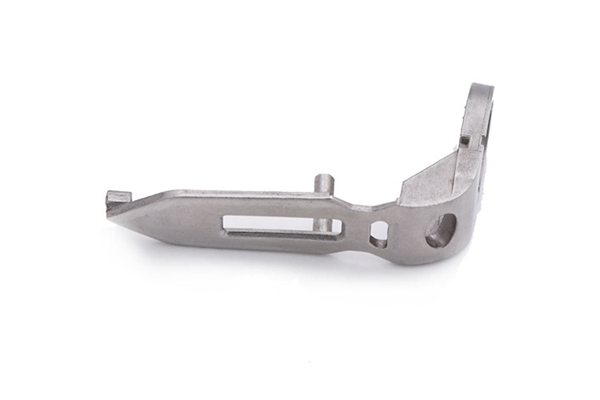
MIM, a cutting-edge technology, combines fine metal powders with a binding agent to create a feedstock. This mixture is injected into molds under high pressure and temperature, resulting in complex, high-precision metal parts. MIM stands out for its ability to produce intricate geometries, thin walls, and excellent surface finishes. It is ideal for small, intricate parts used in various industries such as automotive, medical, and electronics. MIM technology offers cost-effective solutions for intricate designs where traditional manufacturing methods might be limited.
Compared with PCM, the MIM process can produce more complex parts, but the relative mold and injection molding costs will be higher.
On the other hand, PCM utilizes powdered materials compressed under immense pressure in a die to form the desired shape. Unlike MIM, which involves metal powders, PCM encompasses a broader range of materials, including ceramics and some metals. PCM is favored for its simplicity and cost-efficiency in producing parts that do not require the same level of intricacy as those made via MIM. It is commonly used for parts in electronics, home appliances, and industrial equipment, emphasizing durability and functional design over complex geometries.
Since the molding of PCM involves pressing the metal powder into shape by closing the upper and lower molds, the PCM process can only produce parts with relatively simple shapes. Compared with MIM, PCM has lower mold costs and simpler part shapes but can produce larger products.
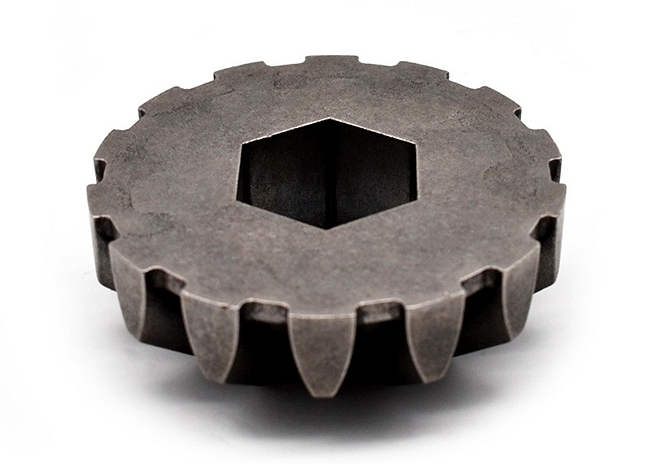
Powder Injection And Sintering For Garden Power Tool Parts
Garden power tool parts crafted through Metal Injection Molding (MIM) exemplify precision and durability, setting them apart in outdoor equipment. MIM technology enables the intricate shaping of components with minimal material waste, optimizing the production process for efficiency. These parts exhibit superior mechanical properties, ensuring resilience under demanding conditions.
MIM's powder metallurgy sintering process yields garden power tool parts with enhanced strength and wear resistance. Their intricate geometries, such as gears and blades, showcase the versatility of MIM in producing complex structures. The result is a line of garden power tool parts from Neway that not only meets but exceeds industry standards, embodying the fusion of cutting-edge technology and meticulous engineering in every outdoor endeavor.
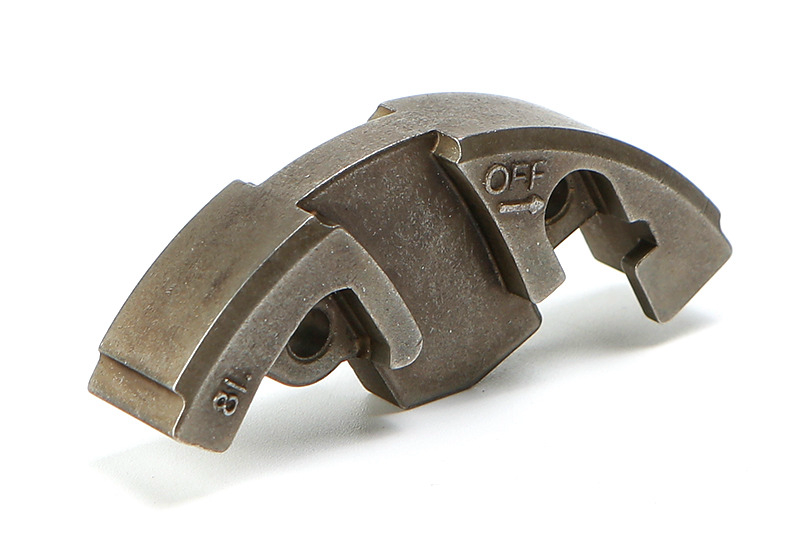
MIM Material Selection
When choosing materials for MIM (Metal Injection Molding) garden power tool parts, meticulous consideration is crucial to ensure optimal performance and longevity. MIM technology offers various material options, each with unique properties. Here's a concise guide to help you navigate the selection process:
You can also filter materials through Neway's material selector
Define Functional Requirements:
Clearly outline the functional requirements of the garden power tool parts. Consider mechanical strength, corrosion resistance, wear resistance, and thermal stability.
Material Options:
MIM allows for the use of various materials, including stainless steel, tool steels, and alloys. Stainless steels are often preferred for their corrosion resistance, while steels offer excellent hardness and wear resistance.
Corrosion Resistance:
Given the outdoor nature of garden power tools, corrosion resistance is vital. Stainless steel grades like 316L or 17-4 PH are famous for their ability to withstand exposure to moisture and environmental elements.
Mechanical Properties:
Assess the mechanical requirements of the specific power tool parts. Tool steels like H13 or S7 are known for their high hardness, making them suitable for components subjected to heavy loads and wear.
Temperature Resistance:
Select materials with excellent heat resistance if the garden power tool operates in high-temperature environments. Certain alloys, such as Inconel, exhibit remarkable performance under elevated temperatures.
Cost Considerations:
While prioritizing performance, evaluate the cost-effectiveness of the selected material. MIM offers efficiency in production, but material costs can vary. Balance the budget without compromising on quality.
Metal Poder Injection Molding
Metal Powder Injection Molding (MIM) is a specialized manufacturing process that combines the versatility of plastic injection molding with the durability of metal. In MIM, finely powdered metals are mixed with a binding agent to create a feedstock similar to plastic pellets used in traditional injection molding. This mixture, known as the "feedstock," is then injected into a mold cavity under high pressure to produce complex and precision metal parts.
The process begins with carefully selecting metal powders, ensuring they meet the desired material properties for the final product. Typical metals used in MIM include stainless steel, titanium, and other alloys. These powders are combined with a thermoplastic binder material to form the feedstock.
The next step involves the injection of the feedstock into the mold cavity. The mold is designed to replicate the intricate details and features of the final part. Once injected, the binder helps the metal particles adhere to each other, creating a "green part," a compacted but not fully dense replica of the final product.
After molding, the green parts go through a debinding process where most of the binder is removed. It is crucial to prepare the green part for the final sintering stage. Sintering involves heating the part in a controlled atmosphere to a temperature below its melting point. The remaining binder is removed during this process, and the metal particles fuse, resulting in a fully dense, high-precision metal part.
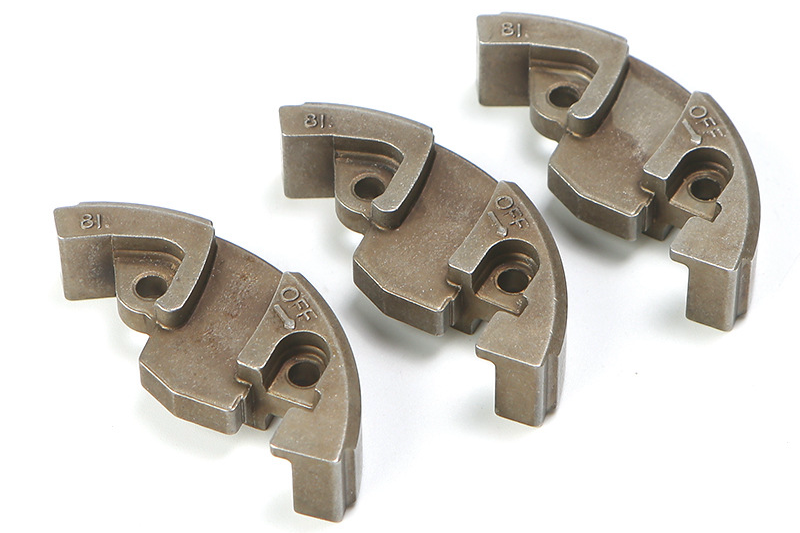
Metal Powder Injection Molding offers several advantages, making it a preferred choice in various industries, including power tool manufacturing. The process allows for high precision production of intricate and complex shapes, reducing the need for secondary operations. Additionally, MIM provides cost savings, especially for large production runs, as it eliminates the need for extensive machining.
For Neway, being a leading MIM Parts Manufacturer, the expertise in metal powder injection molding allows for producing superior-quality MIM power tool parts. MIM's precision, strength, and cost-effectiveness make it a standout technology in manufacturing. Neway's proficiency in this process makes it a reliable partner for industries requiring intricate metal components.
Sintering For Garden Power Tool Parts
Sintering is crucial in producing garden power tool parts through the Metal Injection Molding (MIM) process. After the initial stages of metal powder injection molding, which involve creating a green part by injecting a metal powder and binder mixture into a mold, the green part undergoes a series of steps, with sintering being a critical stage.
In the context of garden power tool parts manufactured by Neway, sintering is the process that transforms the green part into a fully dense and durable metal component. Once the binder is removed through debinding, the green part is subjected to controlled high-temperature conditions in a sintering furnace.
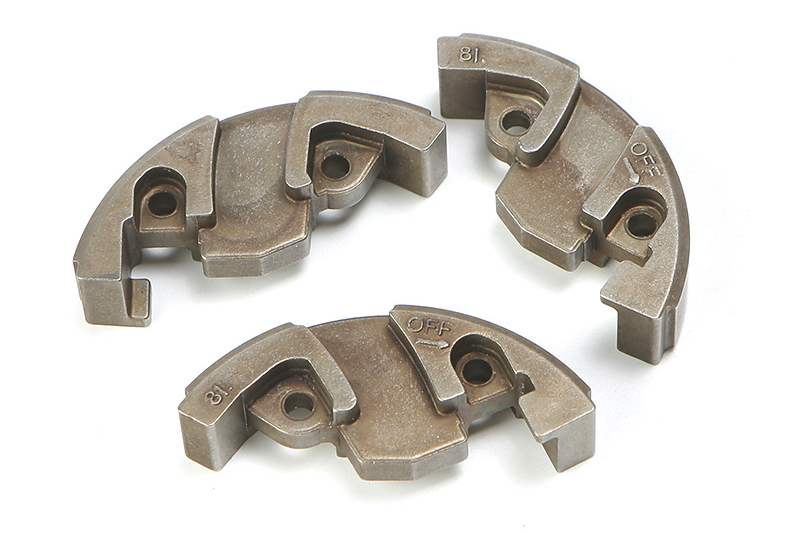
During sintering, the metal particles within the green part are exposed to elevated temperatures, just below the melting point of the chosen metal. As the temperature rises, the metal particles bond, creating a metallurgically dense structure. This results in the final garden power tool part having the required mechanical properties, such as strength and durability.
Sintering is critical in ensuring the quality and functionality of garden power tool parts. It imparts the necessary strength and integrity to the part, allowing it to withstand the demanding conditions of outdoor use. Additionally, sintering contributes to the precision and dimensional accuracy of the final product, ensuring that each part meets the specifications required for optimal performance in power tools.
Neway's expertise in sintering for garden power tool parts is a testament to its commitment to producing high-quality components. The company's advanced manufacturing capabilities and a thorough understanding of sintering processes enable the production of reliable and durable garden power tool parts that meet the industry's stringent requirements.
Benefits of Choosing MIM For Garden Power Tool Components
Selecting Metal Injection Molding (MIM) for producing garden power tool components offers many advantages, making it a strategic choice for manufacturers in the industry.
Precision and Complexity:
MIM technology excels in creating intricate and complex shapes with high precision. It is particularly advantageous for crafting intricate parts often found in garden power tools, ensuring optimal functionality.
Material Variety:
MIM allows for the use of various materials, including metals and alloys. This versatility ensures that garden power tool components can be tailored to meet specific performance requirements and withstand outdoor conditions.
Cost-Efficiency:
MIM is a cost-effective solution for mass production of small to medium-sized components. The ability to produce complex shapes in large quantities without sacrificing quality makes it an economical choice for garden power tool manufacturers.
Reduced Waste:
The powder injection molding process used in MIM minimizes material waste compared to traditional machining methods. It aligns with environmentally conscious manufacturing practices, a consideration increasingly valued by consumers.
Improved Mechanical Properties:
MIM parts exhibit excellent mechanical properties, such as high strength and durability. It is crucial for garden power tools that undergo significant wear and tear during operation.
Enhanced Surface Finish:
MIM components typically have a smooth surface finish, reducing the need for additional finishing processes. It not only saves time but also contributes to the overall aesthetics of the garden power tool.
Quick Turnaround:
MIM enables rapid prototyping and short production cycles, allowing manufacturers to respond swiftly to market demands for garden power tool components. This agility is a critical advantage in the dynamic landscape of power tool technology.
Optimized MIM Tooling:
Molding engineers can design and optimize MIM tooling to achieve the desired shapes and dimensions. This level of customization ensures that garden power tool components are precisely tailored to meet specific design requirements.
Consistent Quality:
The powder metallurgy sintering process in MIM results in components with consistent and reliable quality. It is essential for garden power tools, where reliability and performance are paramount.
